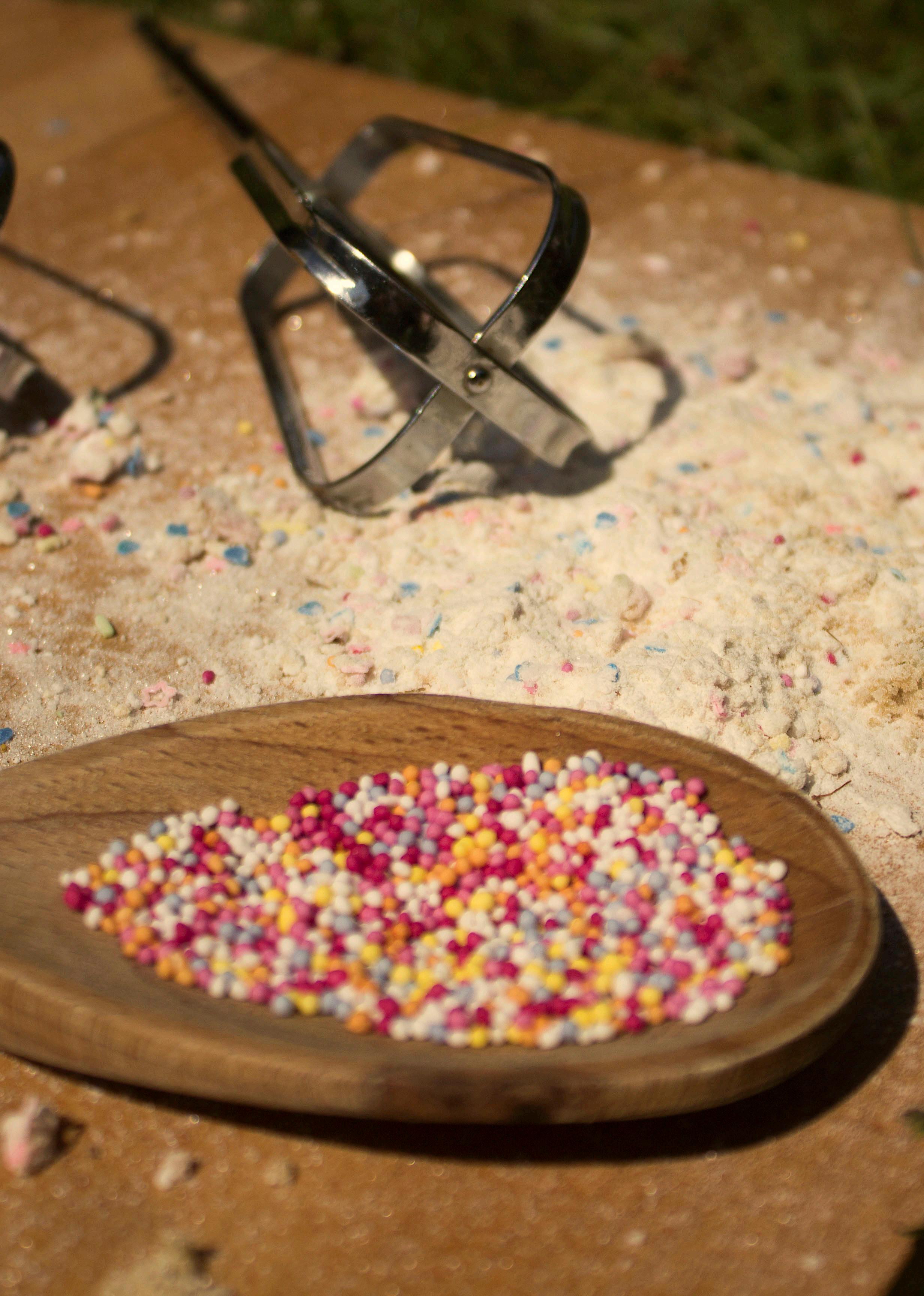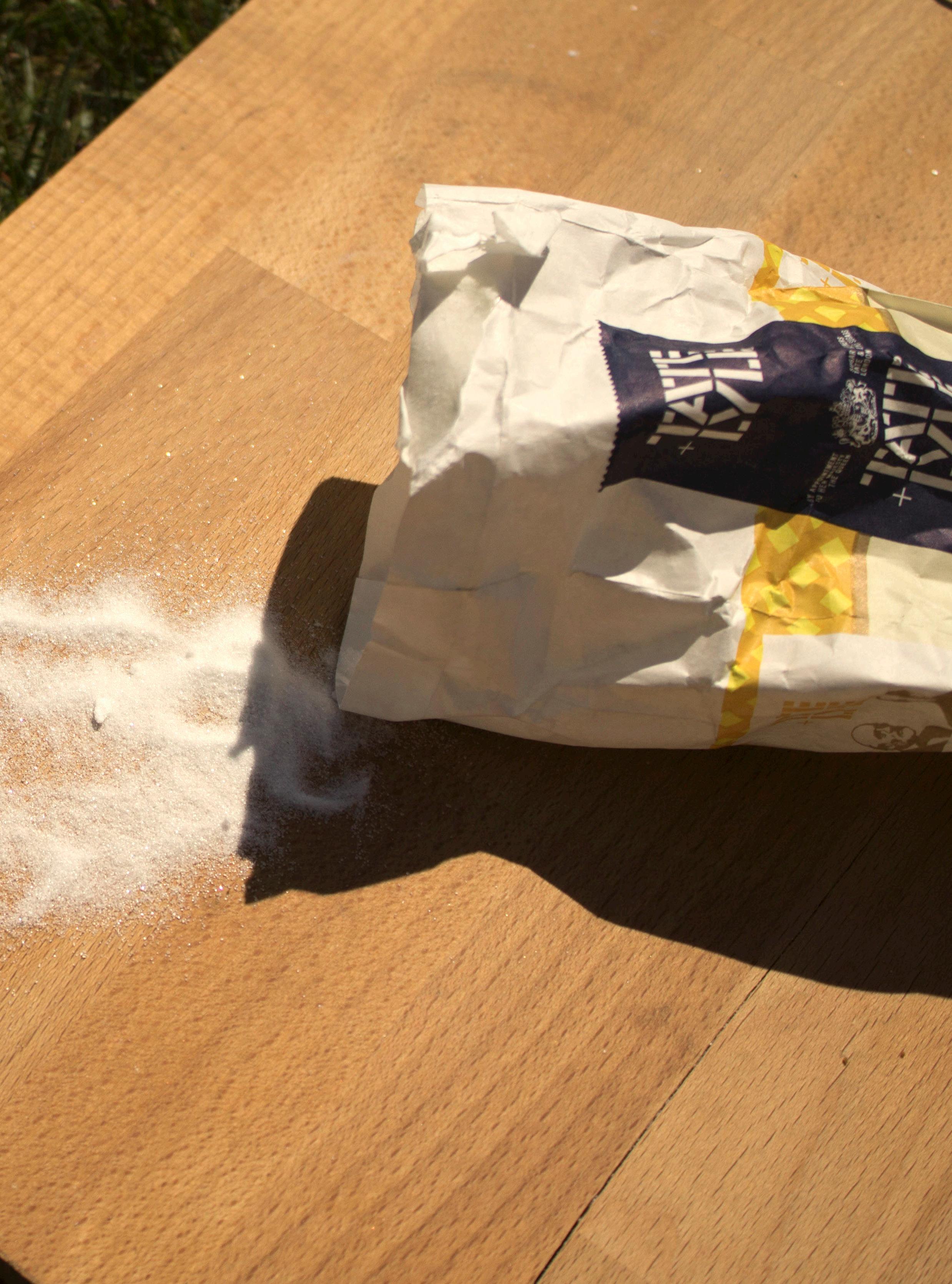
6 minute read
Bitter sweet
The sugar industry
Refined sugar has been considered an unobtainable luxury for centuries. Nowadays, we consume around 170 million tonnes a year. For many the sweetest thing about sugar is selling it. This sweet sugar program would typically cost the US consumer an estimated 3 or 4 billion dollars a year. On average, sugar accounts for one calorie out of every seven we consume.

Dusting truth
Around 80% of the world’s sugar is derived from sugar cane, grown by millions of small-scale farmers and plantation workers in developing countries. Sugar cane is a tall, bamboo-like grass that grows to a height of 6m (20ft) and is largely grown in tropical countries. The remaining 20% of the world’s sugar supply comes from sugar beet – a root crop resembling a large parsnip, grown mainly in the temperate zones in the North. In general, the costs of producing sugar from sugar cane are lower than for sugar beet. The global sugar industry is vast and complex and smallholder farmers who need to sell their cane sugar often struggle to influence this trade. Traditionally, the international trade laws that govern sugar imports have made it difficult for smallholder farmers to access the more lucrative markets of Europe and North America. These force them into competition with more powerful, wealthy countries that have greater financial resources to dedicate to sugar production and greater political power to subsidise and promote their sugar industries.
Sucrose, found in both cane and beet, remains the single most used sweetener in the industrial world. The crystals trap air, making cakes and bread lighter and softer. The molecules bind well to water which helps keep food moist.

The holy grass

How sugar is used in baking
Sugar is a sweet substance that is made up of a molecule known as sucrose. Sucrose, found in both cane and beet, remains the single most used sweetener in the industrial world. The crystals trap air, making cakes and bread lighter and softer. The molecules bind well to water which helps keep food moist.While we all know that sugar sweetens baked goods, it actually plays many different roles in baking regarding the structure, texture, and colour of baked goods. The first and most obvious role of sugar in baking is that it adds sweetness and flavour.
While granulated sugar is a fairly neutral sweetness, other varieties of sugar, such as brown sugar, add more depth of flavour in addition to the sweetness. Because of the way sugar caramelizes when heated, sugar also promotes browning of baked goods. Baked goods with higher ratios of sugar will brown more quickly and readily than baked goods with little to no sugar present. Sugar has hygroscopic properties, meaning that it grabs and holds onto moisture. Because sugar holds onto moisture, baked goods made with sugar do not stale as quickly as baked goods made without sugar. This style of bread is made without any sugar at all. Sugar also serves to help reduce gluten development and tenderize baked goods. Because sugar grabs and holds onto moisture it leaves less moisture readily available, delaying gluten development.
Additionally, because sugar holds onto moisture, it keeps baked goods tender for a longer period of time. Sugar can be used as a garnish in a variety of ways. Powdered sugar can be dusted over cakes, brownies, and tarts for a simple elegant topping. Cookies can be rolled in plain sugar or cinnamon sugar for a quick bit of texture. Coarse sugar can be sprinkled on pastries and muffins to add a pretty sparkling finish and some crunch. Additionally, sugar can be heated into a syrup or caramelised and used to make intricate sugar decorations.
Sugar high
To begin harvesting the plant the workers must set fire to the fields, this is done to help protect the cane cutters from cutting themselves as the leaves of the sugarcane are razor sharp. Sugarcane is a grass, which means after you cut it the plant will grow back. The average lifespan of a sugarcane field is around 7 years if it is well maintained. Harvesting sugarcane is a notoriously grueling and dangerous practice.
When harvested manually, sugarcane takes a brutal toll on the cañeros. However, farmers often prefer manual cutting to the more efficient and less hazardous harvester. This is because the machines often end up taking up the roots out too, which leads to less growth in the following harvests. Less growth, less money. Exposure to heat stress is a critical issue within the sugarcane industry, and agricultural work in general, because it can have devastating health impacts on the body. A recent study found that workers experienced heat and dehydration symptoms at least once a week, ranging from headaches to elevated heart rates. Other research has found links between long-term exposure to heat stress and deadly chronic kidney disease among sugarcane workers. Dominicn Republic is another large importer of sugarcane, and has been sending sugar for close to a century to the US. Dominican sugar makes up one sixth of low-tariff sugar imports into the US, an enormous proportion. Close to half of all Dominican sugar is produced by one company, Central Romana. Life for a sugar worker in the D.R. is lived in primitive villages known as bateyes, which are tiny settlements carved out of endless fields of cane. The bateyes are owned by the sugar company, which leads to workers rarely leaving the plantation. The settlements are so remote all they can see on the horizon is sugarcane fields.
Unfortunately, blackmailing is at the heart of the corruption in this industry as many face losing their jobs which would lead to being deported. Despite the horrific conditions they are in, the workers have no choice but to continue working in gruelling conditions.



Salty sugar
Looking at why sugar isn’t always sweet
Sugar has always held immense power over human beings. For most of human history, very few people ate sugar. The engine what lead sugar to be an everyday commodity was slavery. English planters first began growing sugarcane in Barbados in the 1640s, using a mixture of convicts and prisoners from the British Isles and enslaved people from Africa. Sugar agriculture was very profitable and it quickly spread throughout the Caribbean and to Louisiana and Mississippi in North America.
In parts of Brazil and the Caribbean, where African slave labour on sugar plantations dominated the economy, most enslaved people were put to work in the sugar industry. Sugarcane field slaves worked long hours planting, maintaining, and harvesting the sugarcane under hot and dangerous conditions. Slavery and sugar remained tied for a very long time, most notably so in the New World. 11 million African slaves were exported from their homelands. Six million of them went to work making sugar- the most of any profession. When the Haitian Revolution occurred near 1800, ending slavery there, it cut off 43% of Europe’s sugar supply. In the bateyes, labourers and their families are housed in dozens in crumbling cabins without the most elementary services – running water, electricity, a toilet – and they spend up to 12 hours a day in the fields. Without protective equipment, and without health insurance and social security, cane clippers remain at the mercy of a reckless logic that decisively binds daily work with the ability to feed oneself, day after day.








